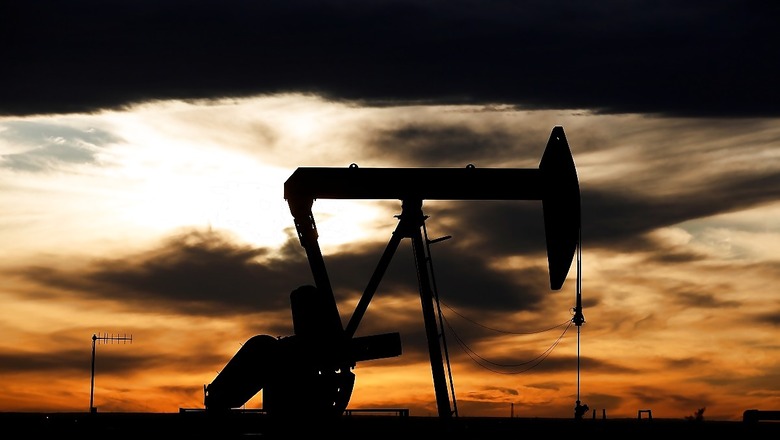
views
India's natural gas production crossed pre-Covid levels this week, helped by KG-D6 field of Reliance Industries Ltd and its partner BP Plc starting production. "Domestic gas production of India crosses pre-Covid level (77.8 million standard cubic meters per day on 01 March 2020) at 81.1 mmscmd on 27 December 2020," the Directorate General of Hydrocarbons (DGH) said in a tweet.
DGH, the government custodian of upstream oil and gas production in the country, said production levels are likely to be higher in 2021 calendar year. India had produced 2,331 million standard cubic metres (mmscm) of gas during November (77.7 mmscmd). This was 9.1 per cent lower than the same month last year.
The fall in output was largely due to lower production by fields operated by the private sector, according to the Oil Ministry's Petroleum Planning and Analysis Cell (PPAC). While state-owned Oil and Natural Gas Corporation (ONGC) and Oil India Ltd (OIL) continue to produce at almost the same levels as of November, the total gas production has risen because of R-Series fields in the KG-D6 block commencing production, a DGH official said.
Reliance-BP had on December 18 announced the start of natural gas production from Asia's deepest project, when they put onstream the ultra-deepwater R-Cluster, the first of the three deep sea projects the two companies are developing in the eastern offshore block. R-Cluster is producing about 5 mmscmd and will touch peak production 12.9 mmscmd sometime next fiscal.
Satellites fields in the same KG-D6 block, which are supposed to begin output from the third quarter of the 2021 calendar year, would produce a maximum of 7 mmscmd. MJ field will start production in the third quarter of 2022 and will have a peak output of 12 mmscmd. According to PPAC, India imported 12 per cent more gas (in LNG form) at 2,893 mmscm (96.4 mmscmd) in November.
Fertilizer plants (33 per cent), power generating units (18 per cent), city gas distribution projects (18 per cent) and refineries (13 per cent) are the biggest consumers of gas. In another tweet, DGH said gas makes up for 6.23 per cent of all energy consumed in the country.
The government wants the share of natural gas in the energy basket to be raised to 15 per cent by 2030. Achieving that share would mean India's consumption of gas would have to rise to 500 mmscmd by 2030 from 150 mmscmd now, DGH said.
The government wants to promote the use of natural gas as it is cheaper, environment friendly and cuts carbon footprint.
.
Read all the Latest News, Breaking News and Coronavirus News here




















Comments
0 comment